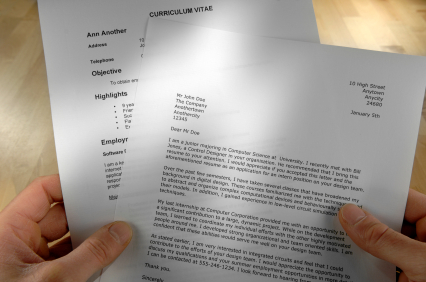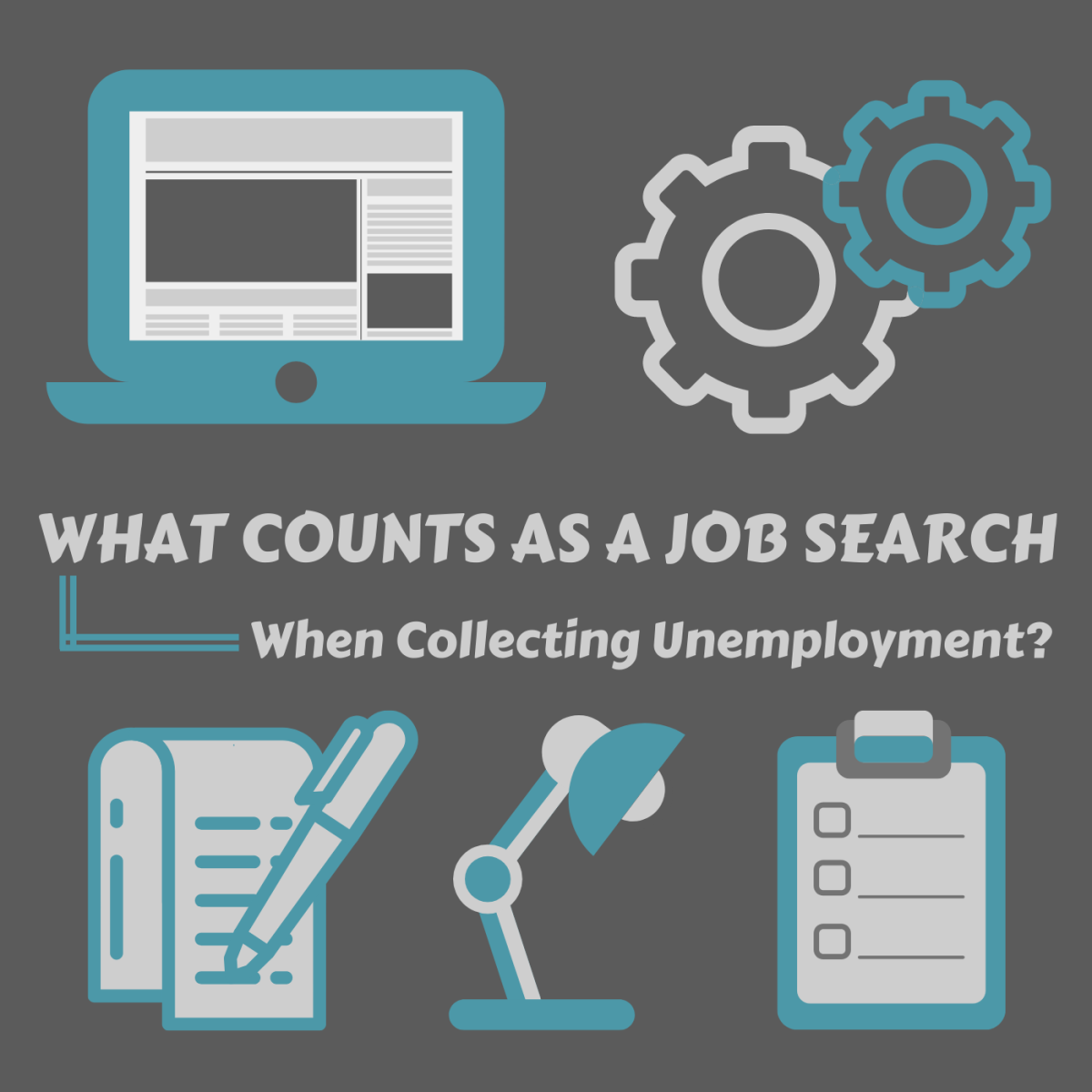Properly Execute a Job Search

How to Properly Execute a Job Search: The Resume
Resume Creation: It is your first impression
Though most of the working class adults probably have a resume, how do you know if your resume will make you shine or will get you buried in "file thirteen"? It may all boil down to the overall look of your resume.
Before a potential employer even reads your resume, you have to catch their eye. The way you present your information is just as important as the information itself. Grammar, spelling, punctuation, chosen font, and spacing are just some of the key aspects on your resume that can make or break your chances at an interview.
The next thing to consider is whether you should use a functional or chronological resume, and whether it is an entry level, professional, or specific purpose resume. Entry level resumes are typically used for those with less than two years experience in the workforce. Professional resumes are used by those with more than two years experience. Specific purpose resumes would be used for academic purposes, military promotions, medical field positions, or any position where you are moving primarily within the same field.
Next, be sure to leave yourself out of your resume. This may sound odd, but it is important. You neither want to speak about yourself in first or third person. Attempt to bullet point your skills and job duties, as this makes it easier to ensure you are "leaving yourself out." An example would be to state "Increased productivity 285% in the first quarter as Manager of Operations" as opposed to "I increased productivity levels by 285% in my first quarter as the Manager of Operations." You want everything to be straight forward and to the point. Obviously if it is on your resume, they are going to assume you are the one who did this and therefore do not need to restate it.
Finally, if handing out physical copies of your resume to potential employers, use special resume paper, or linen paper, as this is considered the appropriate paper for resumes. Using plain copy paper may save you money, but proper etiquette mandates the usage of resume paper. When submitting digital resumes, ensure you have your resume ready for presentation in multiple formats; i.e.: .doc, .docx, .rtf, .html, .pdf, .xml, .txt

How to Properly Execute a Job Search: the Cover Letter
Create a Cover Letter
The next key item in your job search is creating a cover letter. While this may seem like a dated process from many ages ago to some, most employers will not even look at a resume without a cover letter. Submitting a resume without a cover letter may be job search suicide.
Your cover letter needs to be specific to the job and company you are applying to. If possible, find out who the hiring manager of the company is and address the letter directly to that person. It shows initiative, and that you know how to do your research. If this information is not possible to obtain, addressing the letter to the attention of the hiring manager, director of hiring, or human resources manager is acceptable, depending on which position the company has.
This is your opportunity to sell yourself. Be sure to point out your skills and accomplishments that will make you the ideal candidate for the position. If you have had a positive experience with the company in the past, highlight this and use this as a reason you are interested in working within the company.
Closing your cover letter is also important. You don't want to come across as cocky or arrogant, but stating that you look forward to working with the company or person in the future restates your desire and interest in the position. One practice that was commonplace in years past is to state when you will follow-up with the company about the position. This is still a good practice as it gives them a set date or time frame by which to review your information, and gives you a chance to impress again that you are serious about the position.
How to Properly Execute a Job Search: The Follow Up
Following up to Resume and Cover Letter submittal
If you haven't heard from the company about the position by the date you stated in your cover letter that you would follow-up, remember to actually follow-through on the follow-up. It looks horrible to a potential employer when you state you are going to follow-up on a certain date and fail to do so.
Follow-ups can be done via mail, email, telephone, or in person. In today's society, most follow-up communications will either be handled by email or telephone. Remember that no matter which method you choose, it is imperative that you use proper etiquette. Do not pressure the person you are following up with, but make sure to restate your interest in the position, and take the opportunity to inquire when they plan to notify those who are getting an interview, or by what date they plan to fill the position. This information is always nice to have so you can "guesstimate" your chances of landing the position based upon not only their answer, but how close it is to the date given and what communications, if any, you have received from the company.
How to Properly Execute a Job Search: The Interview
You Got the Interview! Now What?
So you just received the call/letter/email that you are being considered for the position and the person in charge of hiring wants to interview you. That is great, but now you need to prepare. The interview isn't just to ask about your qualifications for the job and what a struggle was that you had to overcome in a past position; the interview is yet another opportunity to show just how interested you are in the position, that you have done your research on the position and the company, and have some questions answered about the company, position, or benefit package that comes along with the job.
Depending on what the company specializes in, such as accounting, law, manufacturing, catering, etc., will depend on the type of research you will want and need to do on the company. If you have applied to be a receptionist at a medical office, you will want to research the types of procedures the office does, what insurance is accepted, the office hours, who the doctors are that work at the office, and any special policies the office has. Positions such as receptionists and secretaries require the applicant to know a little bit about every aspect of the company, and a lot about their specific role in the company. Dazzling the interviewer with your knowledge of the company can set you apart from other applicants whom are less prepared for their interview.
How to Properly Execute a Job Search: Post-Interview Follow-up
Post-Interview Follow-up Etiquette
Within approximately seven to ten business days the person that conducted your interview should receive a thank you letter for the opportunity to interview with the company, providing any additional information requested of you during the interview and restating your interest in the position. Although this practice has seemingly gone by the wayside in recent years, proper etiquette mandates that this is to be done, and will set you apart from other candidates who likely will forget this simple step in the process.
In the event that you have decided, post-interview, that you are no longer interested in the position, this would be the time to send your thank you note with an added respectful resignation of application or interest in the position, and state a reason for the change of heart if possible. This way you can thank them for their time and interest, but save the company, interviewer, other decision-makers within the company, and yourself some time by letting them know up front that you no longer wish to be considered for the position.

How to Properly Execute a Job Search: The Outcome
The Outcome
With any luck, you now have received a letter or call offering you the position. If so, remember to once again follow etiquette and send a letter of acceptance to the hiring manager or interviewer to show that you not only know etiquette, but it gives the company something to place in your file to show you do intend to work there. Of course, you have most likely accepted the position verbally as well, but this is an old rule of etiquette and if you are going to be working for a company that has old school CEO's or VP's, this can go a long way with those high-level management members, should they happen across your employee file.
If you have been advised that you are not being offered the position, it is appropriate to send an inquiry as to why you were not selected for the position and if there is anything you can do (skills to gain or improve upon, courses you may need to take, licenses to possess, etc.) to improve your appeal to the company for future openings. You may also take this opportunity to advise them whether you would prefer for your resume to remain on file, or to have your resume pulled from consideration for any future openings. Remember however that although you follow proper etiquette, not all companies do the same and you may or may not hear back from the company. If you were intent on getting an answer to your inquiry, a one-time follow-up to the inquiry is permissible, but going beyond the one-time inquiry may just answer your own question as to why you were passed over.








